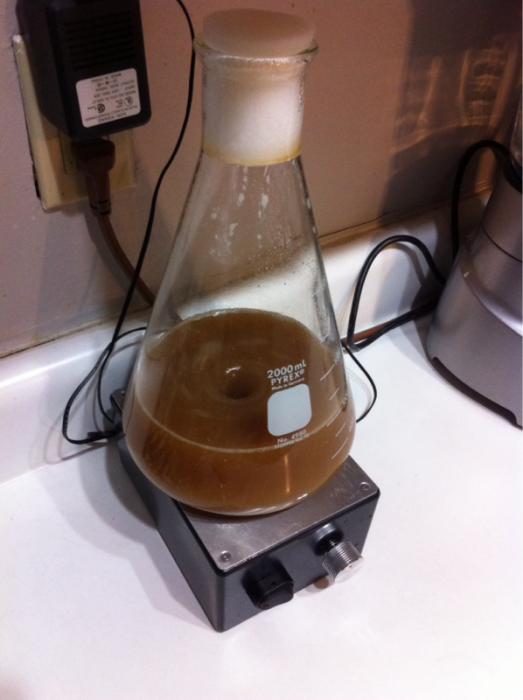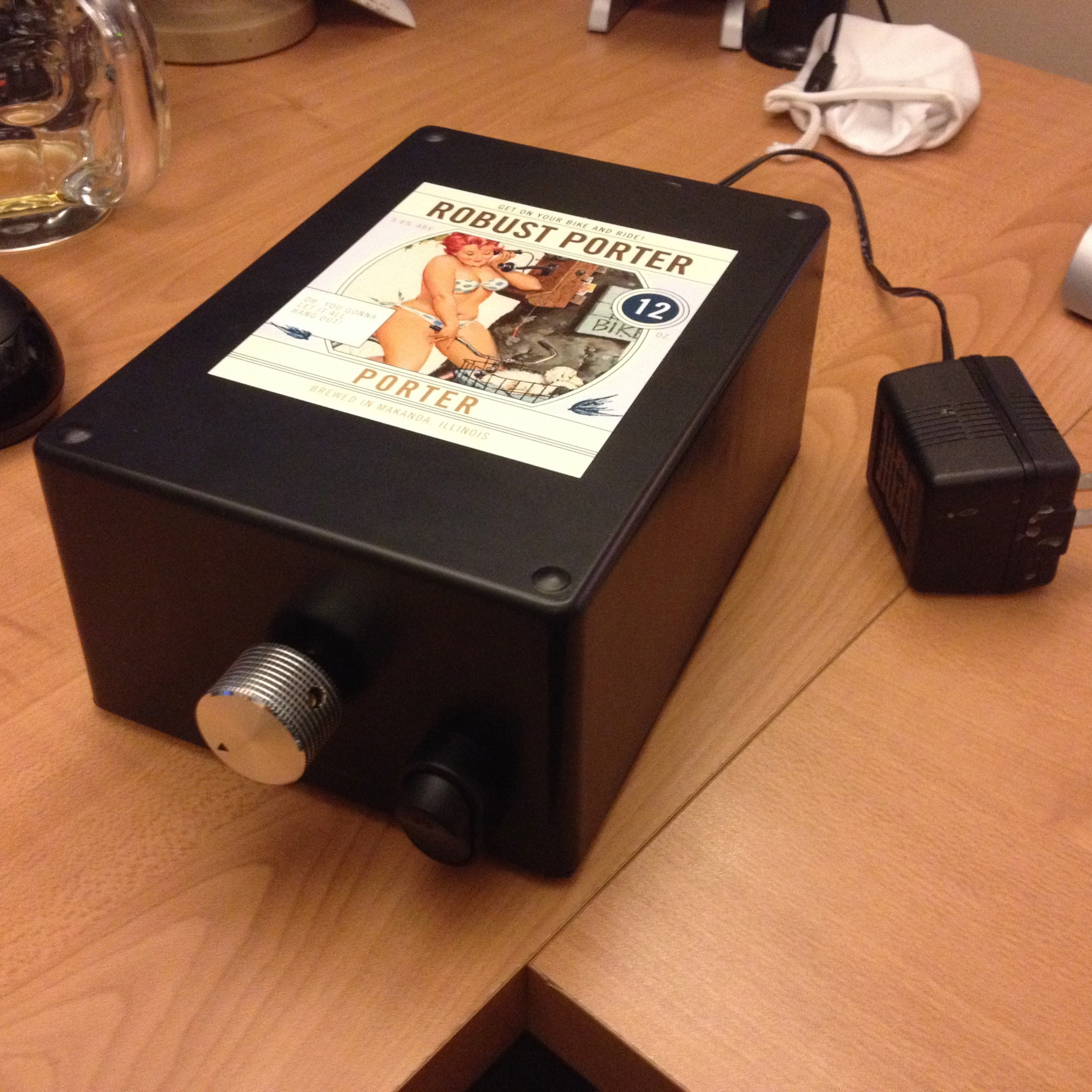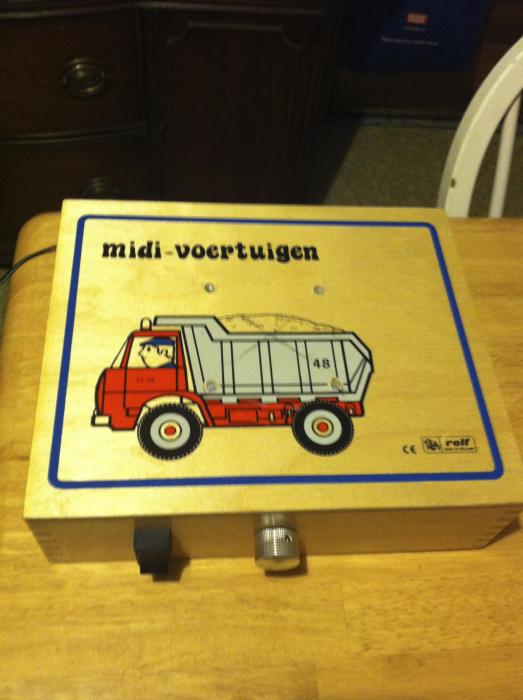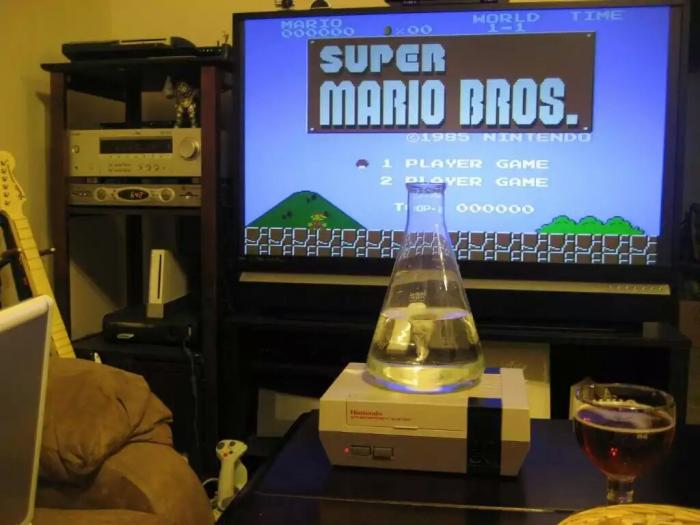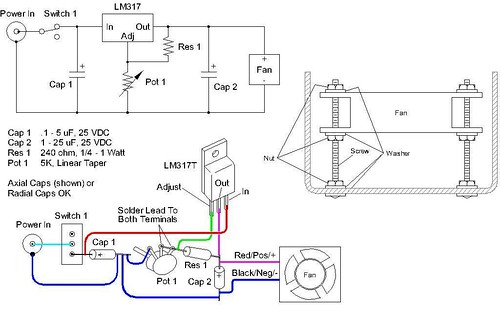LovesIPA
Well-Known Member
I quit. I am so tired of dicking with this stirplate build. I've tried four different power supplies, two different fans, three different magnets, and I still can't get it to work reliably. It throws the bar, it stalls (even on high - in a 250ml beaker) and then works fine for the next starter.
I've spent probably $40 in parts (see above), countless hours and it's just not worth it anymore. I ordered a stirstarter from Bell's General Store. For $42 I'll have a reliable stirplate that I don't need to worry about catching on fire because it decided to stall (again!) at 2am.
I've spent probably $40 in parts (see above), countless hours and it's just not worth it anymore. I ordered a stirstarter from Bell's General Store. For $42 I'll have a reliable stirplate that I don't need to worry about catching on fire because it decided to stall (again!) at 2am.





